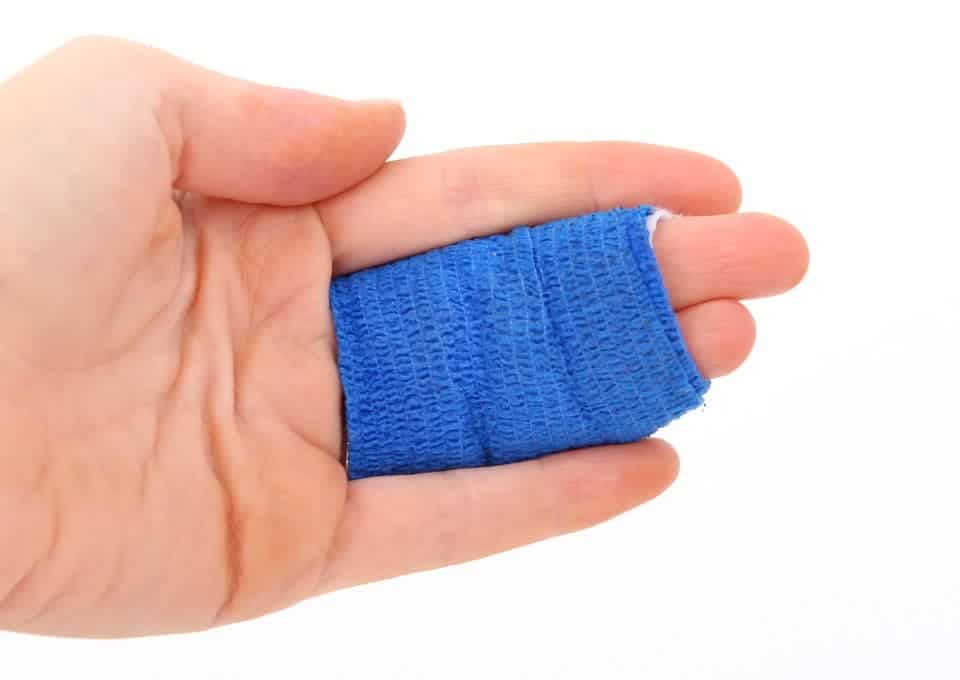Scientists may have just come across a cure for hemophilia A, the most common type of condition that affects the blood’s ability to clot. British researchers Barts Health NHS Trust and Queen Mary University of London used a novel gene therapy drug. They found 85 percent of clinical trial participants showed normal levels of the essential blood clotting protein Factor VIII over a year after the treatment was administered.

The hereditary genetic condition primarily affects men. Those suffering from hemophilia A have virtually none of the protein factor VIII in their blood, which is essential to clotting. Even the slightest injury can result in excessive bleeding as well as spontaneous internal bleeding, which can be life-threatening. Repeated bleeding into joints can also damage them or cause arthritis.
Previously, the only treatment for hemophilia involved weekly injections that control and prevent bleeding. There is no cure, however. British researchers are mighty close to one, fortunately.
In a groundbreaking trial involving 13 men with hemophilia A, researchers injected the participants with a copy of the missing gene that codes for the production of the clotting factor. The treatment was administered only once, in a single dose.
Nineteen months later, 11 out of 13 patients now have normal levels of the previously missing clotting factor. What’s more, all 13 patients have now stopped their once regular treatment.
“We have seen mind-blowing results which have far exceeded our expectations. When we started out we thought it would be a huge achievement to show a five per cent improvement, so to actually be seeing normal or near normal factor levels with dramatic reduction in bleeding is quite simply amazing,” said Professor John Pasi, Haemophilia Centre Director at Barts Health NHS Trust and Professor of Haemostasis and Thrombosis at Queen Mary University of London, in a statement.
“We really now have the potential to transform care for people with haemophilia using a single treatment for people who at the moment must inject themselves as often as every other day. It is so exciting.”
This treatment has the potential to change how hemophilia is treated worldwide. It’s just remarkable how a single dose of treatment could change the lives of thousands of patients around the world now living with a life-threatening condition — people like Jake Omer, a 29-year-old from Billericay, UK. Before accessing the gene therapy, Jake, who was diagnosed with hemophilia at age two, had to inject factor VIII three times a week. He has arthritis in his ankles as a result of repeated bleeding.
“The gene therapy has changed my life. I now have hope for my future. It is incredible to now hope that I can play with my kids, kick a ball around and climb trees well into my kids’ teenage years and beyond. The arthritis in my ankles meant I used to worry how far I would be able to walk once I turned 40. At 23 I struggled to run 100m to catch a bus; now at 29 I’m walking two miles every day which I just couldn’t have done before having the gene therapy treatment,” Jake said in a statement.
“It’s really strange to not have to worry about bleeding or swellings. The first time I noticed a difference was about four months after the treatment when I dropped a weight in the gym, bashing my elbow really badly. I started to panic thinking this is going to be really bad, but after icing it that night I woke up and it looked normal. That was the moment I saw proof and knew that the gene therapy had worked.”
The British team now wants to extend the clinical trial to participants from the USA, Europe, Africa and South America.
Scientific reference: Savita Rangarajan et al, AAV5–Factor VIII Gene Transfer in Severe Hemophilia A, New England Journal of Medicine (2017). DOI: 10.1056/NEJMoa1708483.


